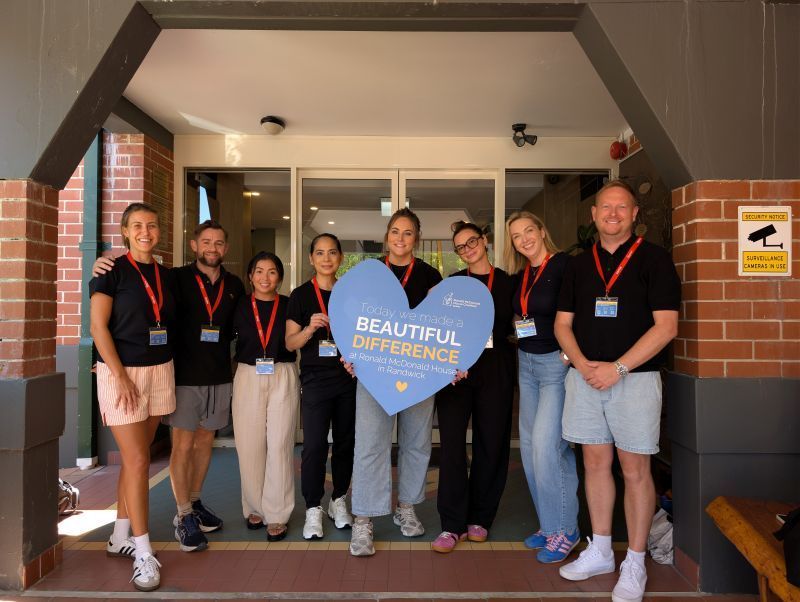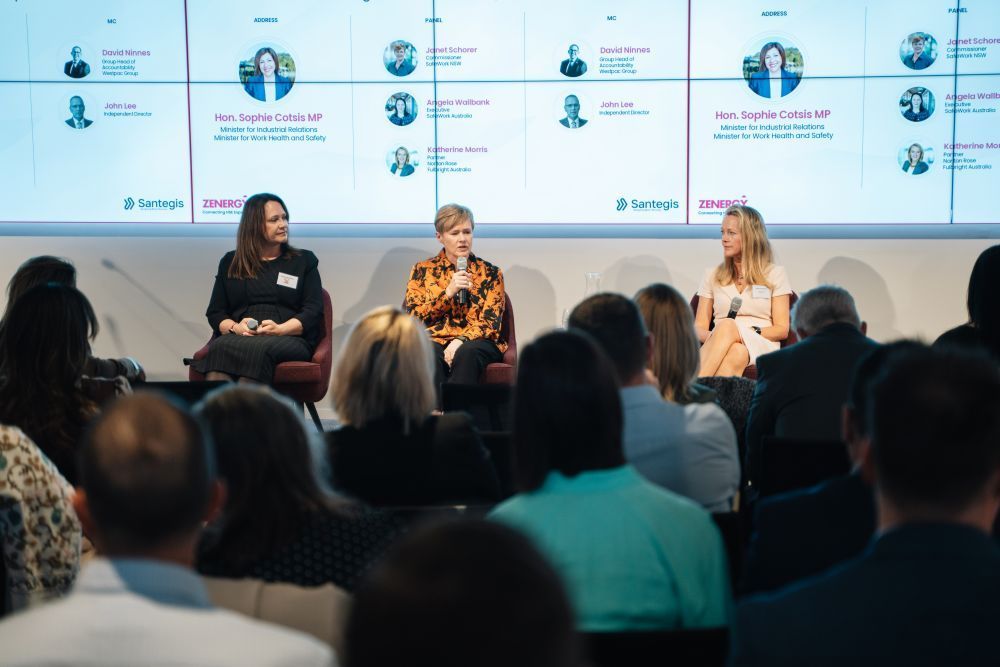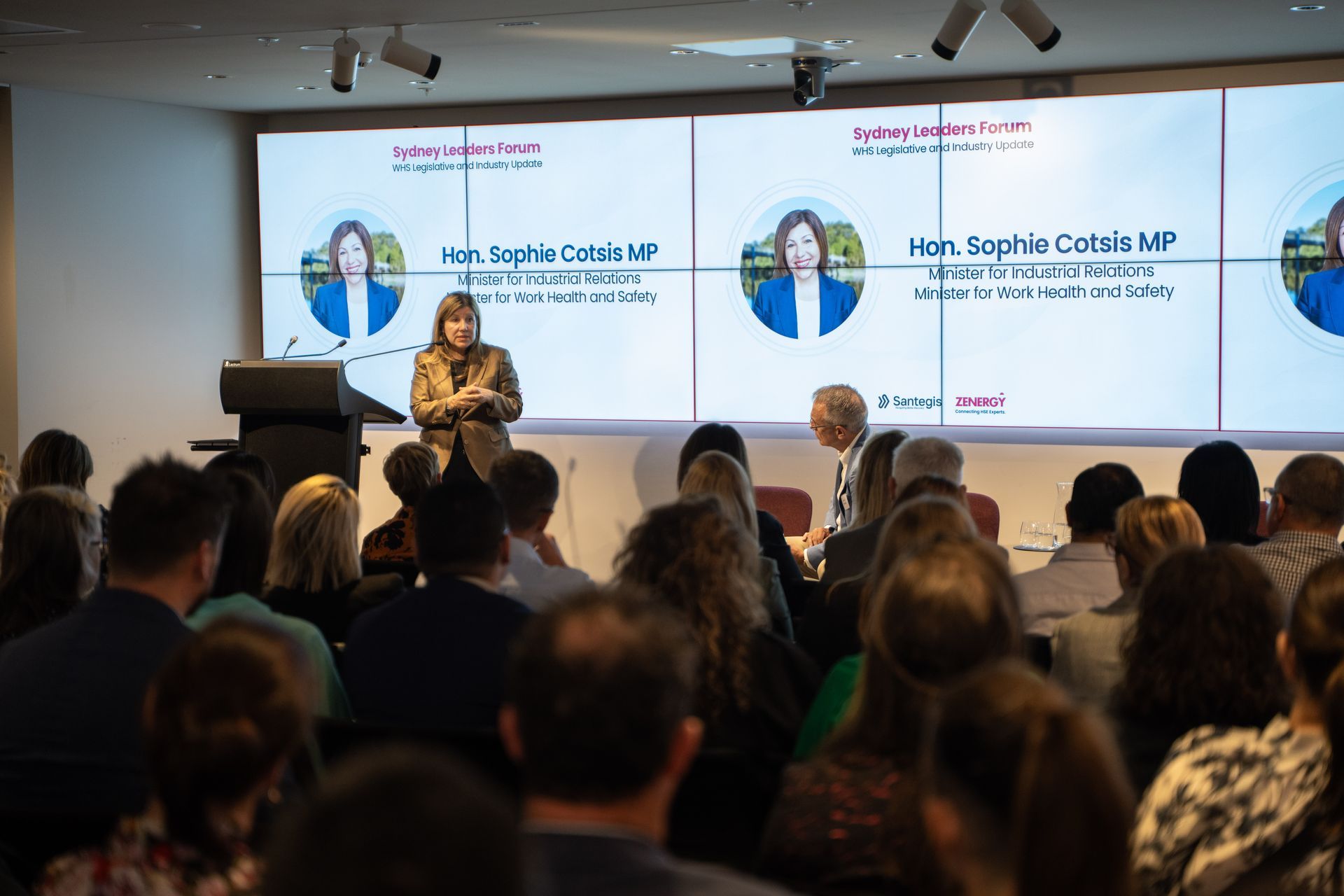BlueScope overhauling HSE philosophy and metrics
BlueScope is well on the way to rolling out its “new HSE thinking approach” globally, as well as new WHS leading indicators and an incident investigation tool involving “learning teams”, its latest sustainability report says.
The Australian steel giant launched the five-year “people-focused” strategy in 2018-19, and recently completed its first onsite pilot of the approach, the 88-page report for 2019-20 says.
“This shift is anchored in the belief that HSE reflects the capacity to manage risk in variable conditions,” BlueScope says.
It says it recognises that knowledge and experience build safer work environments, and safer operations rely on insights from workers performing the activities rather than “how risk control is imagined in procedures and instructions”.
The pilot took place in a BlueScope painting facility in the US, and has helped it increase its understanding of how critical risks are managed there and how systems can be improved, it says.
“At the heart of this is ensuring an aligned approach to critical risks and that we rigorously test and improve the effectiveness of controls, and involve the people exposed to the risk.
“Safe work environments cannot be achieved through paperwork and compliance alone, and so we are engaging with our people to better capitalise on their knowledge, experience and relationships to develop effective solutions to safeguard against risks.”
The strategy will be rolled out to its other sites, along with new “learning teams” that are an alternative to traditional incident investigation processes and aimed at solving problems before incidents occur, the report says.
“We are also working to develop and deploy simplified systems, training and processes that deliver clear, meaningful and practical guidance to help deliver high standards of HSE management and governance,” it says.
The company reported one fatality in 2019-20: a contractor working at the Port Kembla Steelworks shipping berth in NSW, in May.
New lead indicators to drive changes, affect
remuneration
To go with the new strategy, BlueScope engaged a third party in 2019-20 to perform industry benchmarking of better practice health and safety reporting and develop indicators for incident severity, capability and implementing risk-management solutions, the report says.
It plans to roll out the changes across the business in 2020-21 and overhaul remuneration practices to align with these new indicators, it says.
“Our indicators for FY2021 will focus on more holistic measures of total recordable injury frequency rate (TRIFR), injury severity and balancing our lagging injury and incident metrics with leading indicators for building our HSE capability and more effective risk management,” BlueScope says.
“We will continue to monitor and report traditional indicators but aim to broaden our performance disclosures in coming reporting periods,” it says.
BlueScope says it reviewed the severity of its lost time and medical treatment injuries to understand how they are occurring and found five per cent could have resulted in a fatal accident.
“These incidents related to work associated with some of our highest risks [like] falls, live equipment, material storage, handling and mobile equipment interactions, and reinforces our need to embed higher level controls for our critical risks to protect against potentially severe impacts.”
Contractor partnerships improving road safety
BlueScope also partnered with K&S Freighters in 2019-20 to develop and implement a load restraint training program for drivers, to help them “better understand clamping force and safe working load, teach them how to spot common load restraint faults to stop loads shifting in transit, and reduce driver injury from applying load restraint”.
It introduced augmented reality to support remote training where face-to-face interaction is limited, allowing drivers and loaders to experience life-like scenarios.
BlueScope says it is also applying Australia’s recently introduced WHS-style chain-of-responsible approach (see related article) to improve road safety across its network globally, and applying the same load restraint standards to operations in countries without specific road transport legislative standards.
Originally posted on OHS Alert






